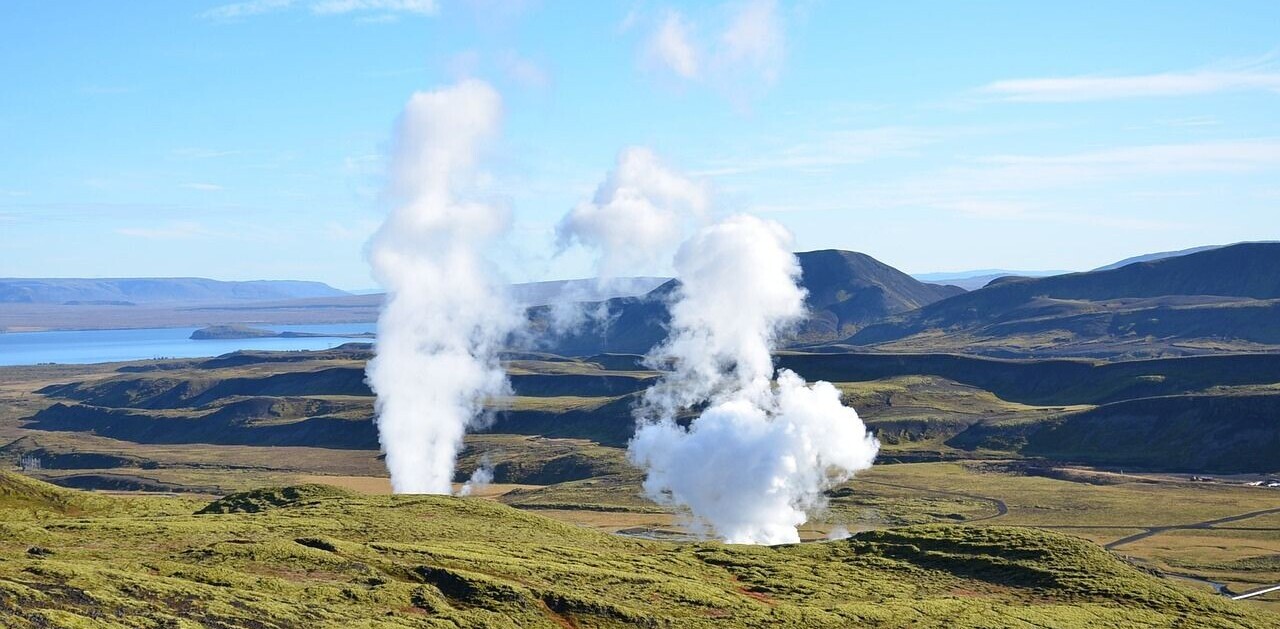
This summer has proven a punishing reminder that climate change isn’t a far-off scenario, but one that’s happening right in front of our eyes. Unrelenting heat, though, doesn’t just affect humans.
In Massachusetts there lives a an 85-foot northern red oak tree, a sprawling member of the 4,000 acre Harvard Forest — an outdoor research lab owned and operated by the university. This tree, one of the most senior members of an area known as Prospect Hill, was one of the few remaining after 186 miles-per-hour winds decimated much of the sector in 1938.
And while it withstood the wind speeds equivalent to a Category 5 hurricane, it’s unclear whether it, or any of us, will make it through our current climate crisis.
But this tree, with help from a few human friends, is fighting back. Equipped with a slew of sensors that are in regular communication with a bot, the tree — thanks to a little help from Harvard University postdoctoral fellow Tim Rademacher — uses collected data to communicate with the rest of the world via Twitter.
Since starting the account about a week ago, “A witness tree” (@awitnesstree)has been tweeting periodic reminders about itself, and the dangers it faces as part of a rapidly-warming planet.
Hello, World! I am a century-old red oak at Harvard Forest in MA: one of the oldest living organisms on the internet! Follow me to learn more about my life in a changing environment. For more on info how I work, go to: https://t.co/vI5k4AzEEQ. pic.twitter.com/nN7yacQ0aR
— A witness tree (@awitnesstree) July 17, 2019
More than a century old, A living tree boasts that it’s one of the oldest living organisms on the internet — though it clearly hasn’t run into @SUEtheTrex, a 67-million-year-old Tyrannosaurus rex fossil owned by Chicago’s Field Museum.
For Rademacher, he chose this tree, specifically, because it’s common in the United States. “We wanted something everyone could find in their backyard,” he told Atlas Obscura. As for why they chose a tree at all, it’s because they are experiencing “the same environmental things that we experience,” says Clarisse Hart, the director of education and outreach at the Harvard Forest.
Rademacher plans for the tree to publish six tweets a week for the foreseeable future. As for what you can expect to see, that really depends on what the sensors are detecting. Each has a specific purpose. Dendrometers, for example, measure the daily (or seasonal) expansion and contraction experienced after the tree soaks up water and passes it along to its leaves. Understanding this expansion and contraction cycle will help scientists understand how cells store and offset greenhouse gas emissions.
This year, my trunk has grown roughly 1.5 mm (0.06 inches) in diameter. In mid-summer, my growth begins to slow. The "late wood" rings I am producing now look darker, and contain more carbon, than my faster-growing "early wood" rings.
— A witness tree (@awitnesstree) July 24, 2019
Another sensor punctures the bark and measures the flow of sap. This helps researchers understand how the tree responds to drought and heat. You can read more about what data the sensors are collecting here.
Aside from sensors, A witness tree also has a PhenoCam — a digital camera looking up at the tree’s canopy that snaps a photo every 30 minutes, as well as recording soil temperature, wind speed, and a host of other data.
As for why any of this matters, Atlas Obscura said it best:
These specifics matter to researchers, but on a broader scale, the project is also a call for the casually curious—not just botanists and arborists—to look closely and sympathetically at our non-human neighbors. The trees, insects, birds around us—they’re all weathering the same changing world. We share it, after all.
Get the TNW newsletter
Get the most important tech news in your inbox each week.




